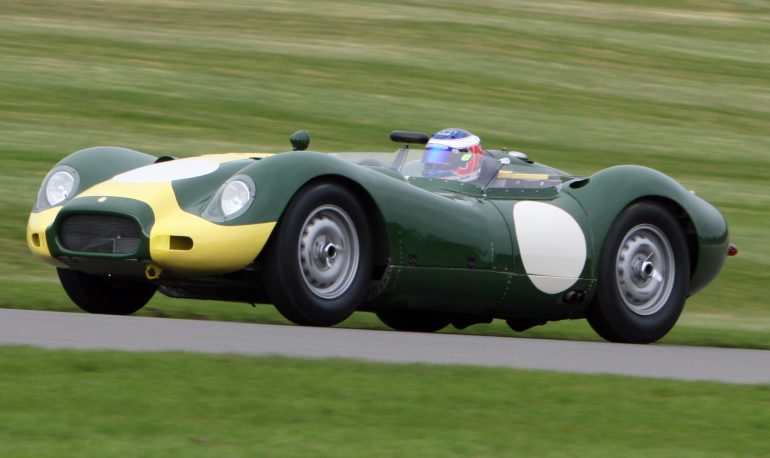The Lister Motor Company has made “continuation” examples of the “Knobbly” Lister-Jaguar. An auction house has claimed that a car it was selling was the prototype Knobbly, so the Knobbly has become important. After the Knobbly came the Costin, but before the Knobbly there were three Lister-Jaguars best described as “Lumpy” though they had not one body style.
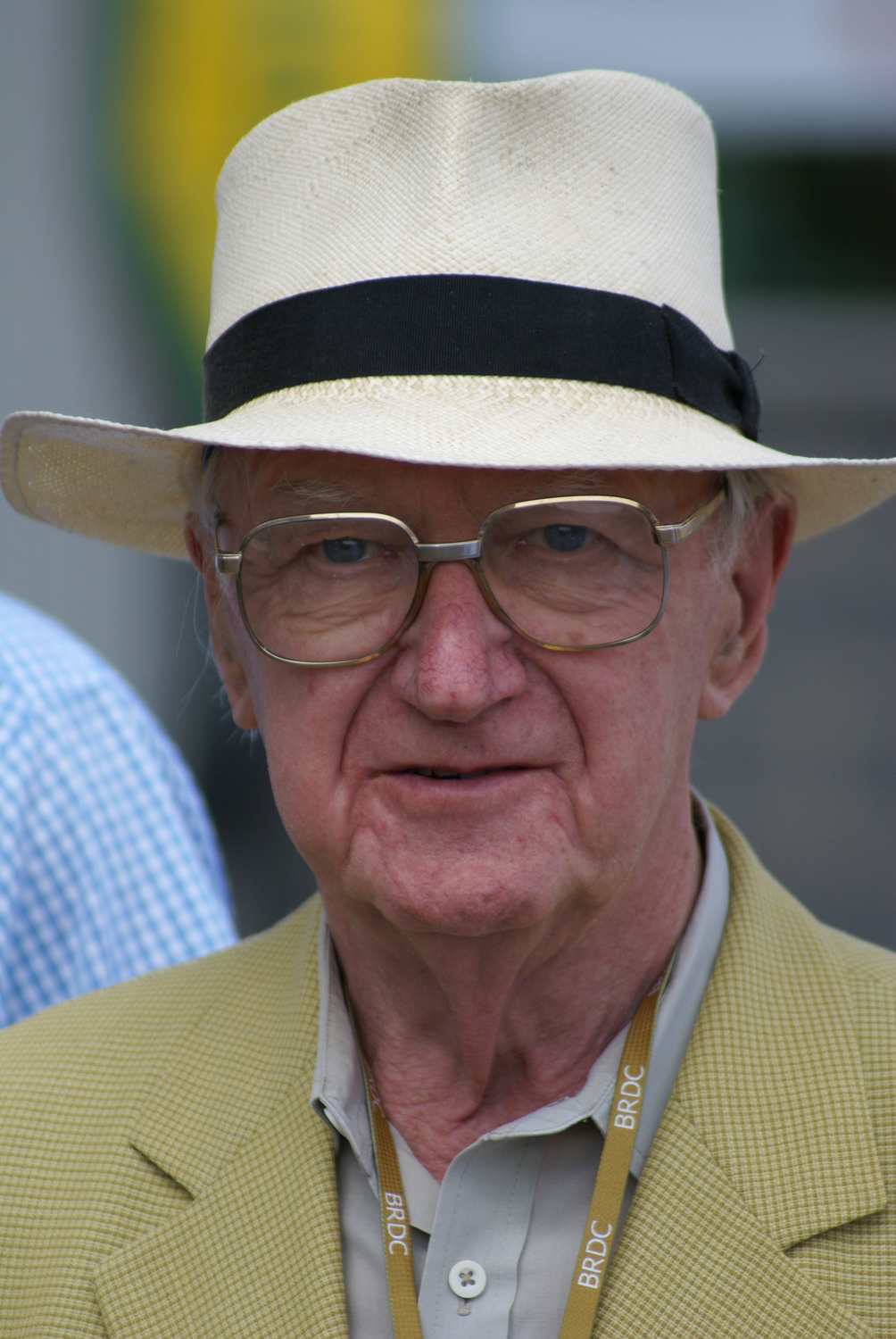
Photo: Mike Jiggle
George Lister & Sons is a light engineering company based in Cambridge, a city notable for pioneering product placement. “You want to cross the River Cam? We have a bridge!” This is in contrast to a rival city, which boasts a shallow river crossing, ideal when driving oxen. Brian Lister, one of the two “& Sons” was keen on racing and knew Archie Scott Brown, a Scot who lived in Cambridge.
In 1953, Brian fitted a JAP V-twin engine to a Tojeiro frame for Archie to race and it was spectacularly quick, but fragile. Brian then persuaded his father and brother to allow him to use the company resources to build a Lister car. He argued that it would bring kudos to the family firm and they indulged him.
It had a simple, twin-tube, ladder frame chassis with double wishbone front suspension and a de Dion rear, all sprung on coils. Brian described himself as an “artist-designer” as opposed to a “scientist-designer”, like Colin Chapman. He had just the one design in him, but it was a cracker. With a Bristol engine, and in the hands of Scott Brown, the Lister performed well enough to attract a handful of orders for replicas but, unlike Lotus, Lister had not generated excitement. Brian then asked an aeronautical engineer called Thom Lucas to design a body for the 1955 Listers. Lucas even tested a 1:8 model in a wind tunnel at Cambridge University.
Brian kept that model in his office and defended it against any visitor (moi?) who might suggest that the model was too small, and the wind tunnel too basic, for it to be of any use. It does help to explain why Brian was open, later, for Frank Costin to design a body for his car.
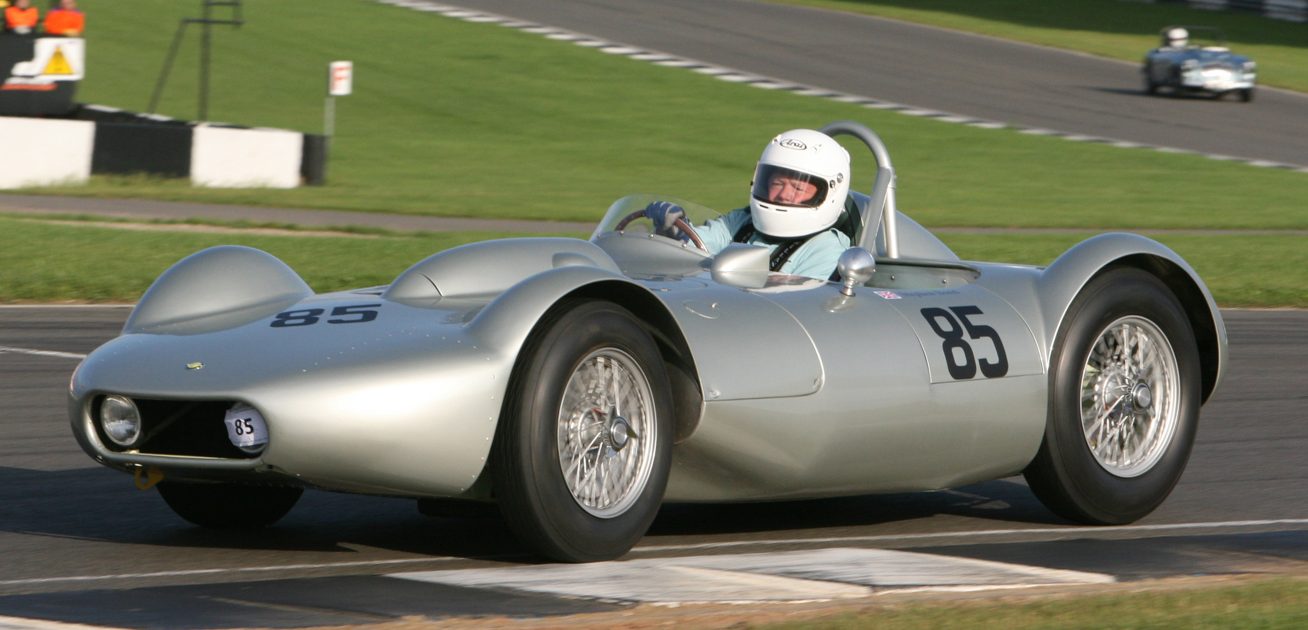
The first Lister-Jaguar (reg. HCH 736) began life as a Bristol-engined car campaigned by a successful club racer called Austin Nurse. Nurse crashed his car and the remains were bought by Tom Kyffin, of Equipe Devone, who had it re-built with a new chassis frame, a Jaguar engine and a modified Thom Lucas body. It was raced by Bruce Halford who, with fellow F1 privateer Brian Naylor, brought it home 15th at Le Mans in 1958; Lister’s best result in international racing. Lumpy #1 was then bought by Border Reivers for Jim Clark. He took 12 wins and credited the car with educating him about racing.
The first Jaguar-engined car built by Lister was commissioned by Norman Hillwood, a jeweller who still sponsors an annual trophy for female members of the BRDC. Brian was reluctant, but Hillwood was persuasive and initial testing showed that the chassis could handle the power. Hillwood achieved little but, when sold to Peter Mould, Lumpy #2 became a popular feature of British club racing.
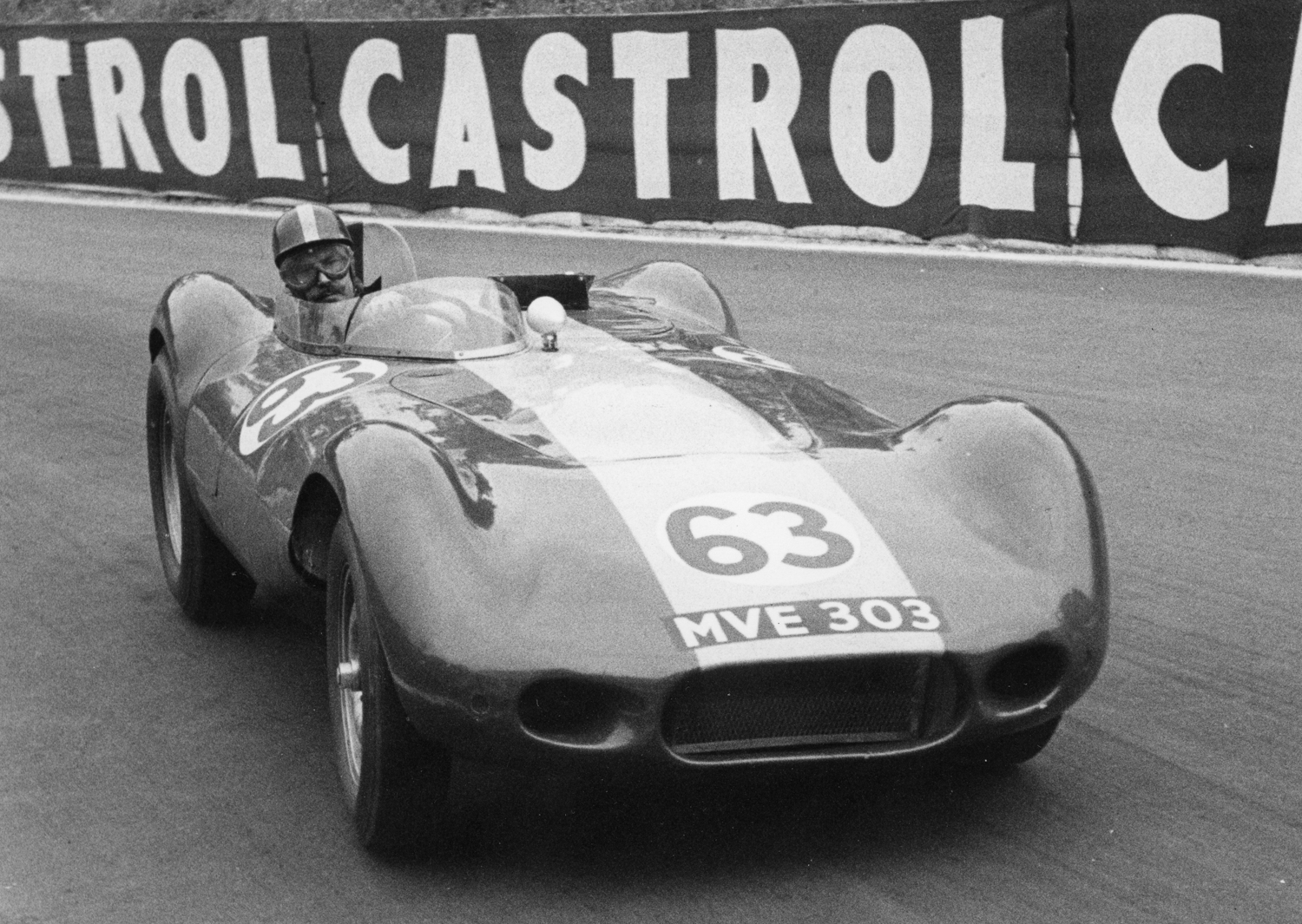
The 1957 works Lister-Jaguar, Lumpy #3, had a couple of inches added to its track and its wheelbase, which made a sweet chassis even sweeter. The engine was prepared by Don Moore, one of Britain’s foremost tuners, who was also based in Cambridge (as was John Tojeiro.)
After clutch trouble upon its debut, 1957 was a magical season. Archie’s second race resulted in a win at the Easter Monday Goodwood Meeting, which unusually, was televised, thus bringing his name to a wider public. Archie won 11 of his 14 starts and was beaten to the line only once, by Roy Salvadori in a works 3.7-liter Aston Martin DBR 2. The Lister had been designed for British club racing and when it was uprated to international spec., headlights were required and these were obvious add-ons. The greatest Lister was the most lumpy.
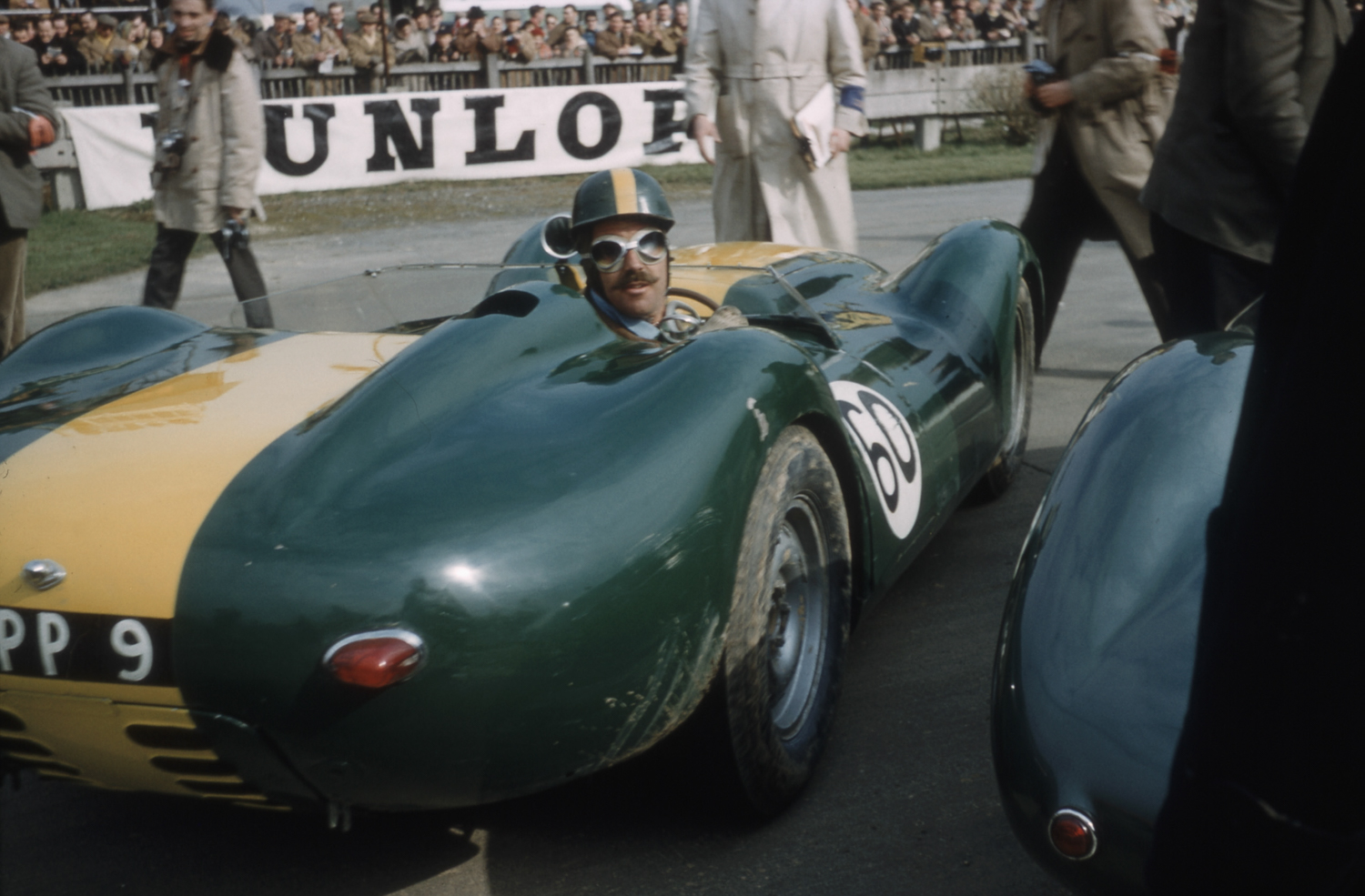
Before it was shipped down under to New Zealand for Archie to race, it was loaned to John Bolster for a road test. Bolster was a former driver, a noted special builder, Technical Editor of Autosport, and the BBC’s “Man In The Pit Lane” for its radio and television coverage. John had the most successful sports racing car in the country for his personal use for a weekend and not only was it road-legal, there was then no upper speed limit on open roads in Britain. Bolster recorded 0-100 mph in 11.2 seconds and in 1957 that was the stuff of fantasy.
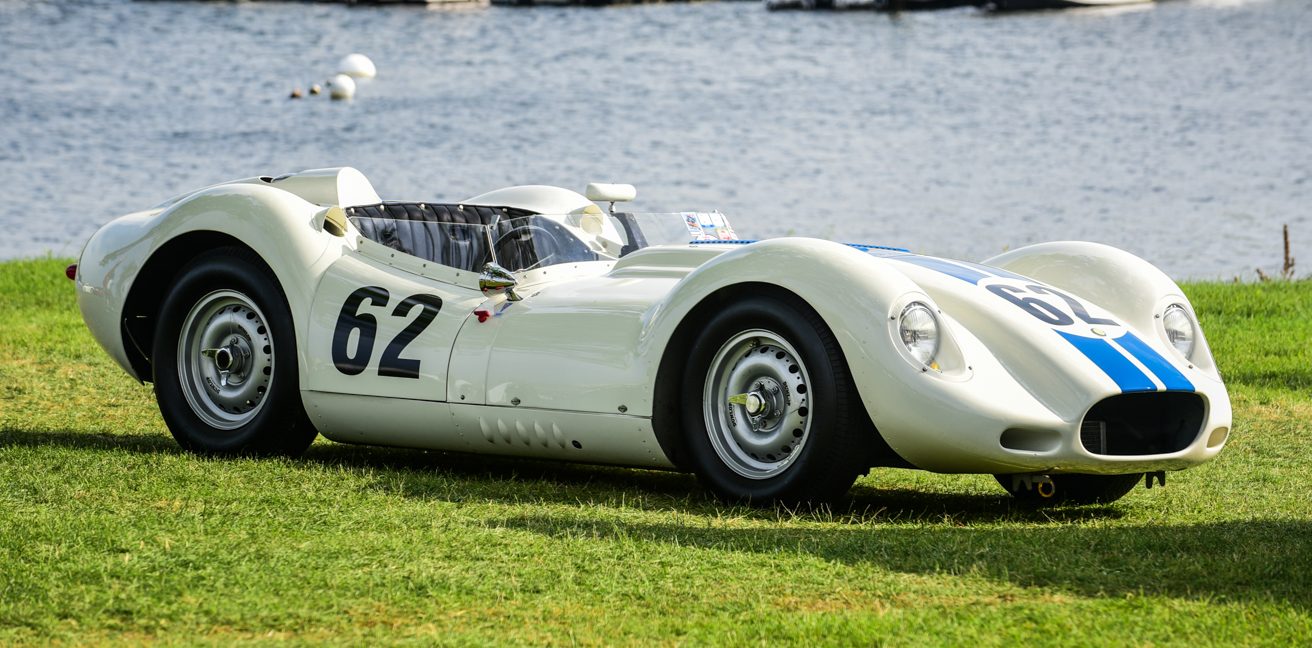
During 1957, Archie Scott Brown created a legend and orders came in, notably from Briggs Cunningham in the USA. SCCA racing could accommodate a 3.8-liter Lister whereas, from 1958, the WSCC was restricted to 3-liters and nobody found a way of making a 3-liter Jaguar engine both competitive and reliable, as was discovered during 1958.
The orders meant that Brian Lister needed more car bodies and the outfit which could make them was Williams & Pritchard, which had made bodies for Lotus from the Mk VI to the Eleven. Charlie Williams and Len Pritchard had trained with London coachbuilders who subcontracted to the headline brands so their standards were high and they had met during the war, making wings for Spitfires. Charlie was the one with a talent for style, it was he who had created the Lotus 16 “mini-Vanwall” and he had done it from a sketch on the back of an envelope, according to Len Pritchard.
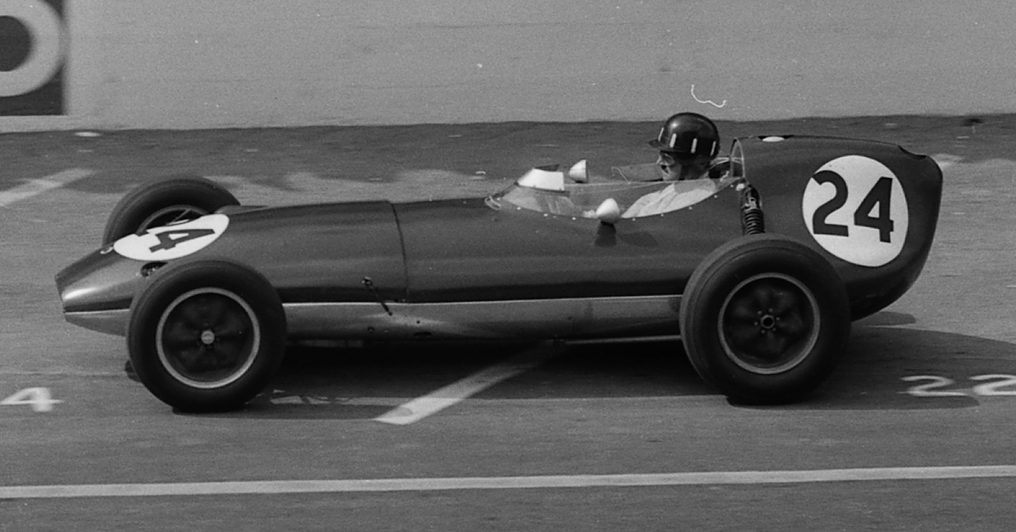
Williams & Pritchard had also styled the Lotus Fifteen and Seventeen both of which looked Costin-ish, but neither of which had anything directly to do with Frank who, nonetheless remained an influence and a friend. Frank could not help but make suggestions about the Knobbly.
Charlie and Len created the Knobbly, which during 1958, was the car to beat wherever unlimited capacity sports cars could race. Geo. Lister & Sons specialized in metal and the works Lister-Jaguars were lighter than the customer cars. Ecurie Ecosse, which had bought two Listers, had become the Jaguar works team and their cars had special engine and aerodynamic tweaks.
Scott Brown was killed at Spa, early in 1958. Brian had built his cars for Archie and at that point he wanted to walk away from the sport, but the project had grown and Brian found himself responsible for customers and sponsorship agreements. In October, 1958, Lister employed Frank Costin to design a new body and a new spaceframe chassis.
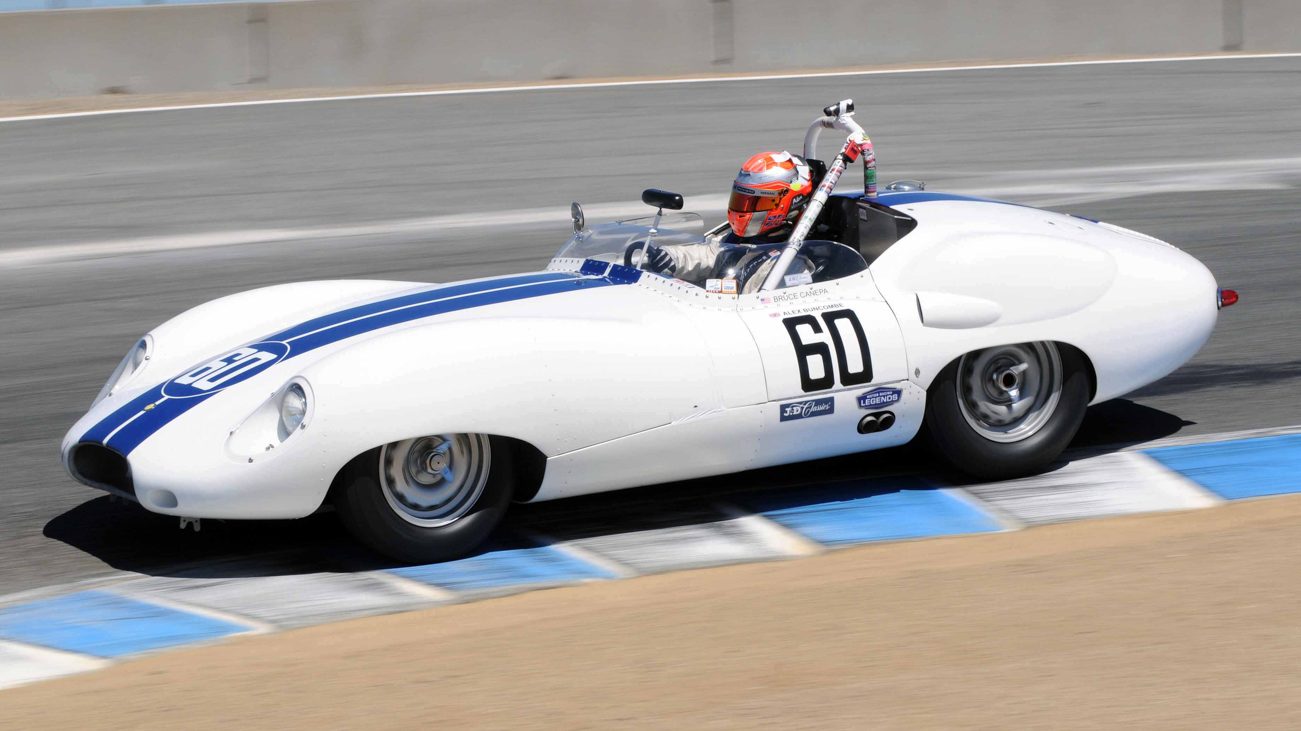
The Costin and Lister marriage was never going to work; Brian was a conventional businessman and Frank was a maverick. Besides, within a month of the wedding, Cooper announced the mid-engined Monaco, which signaled the beginning of the end for the big-banger, front-engined sports car. The last Listers had Frank’s body and Brian’s chassis; the Costin spaceframe was not completed until after the divorce.
Forget Costin or Knobbly, the greatest Listers were Lumpy. They had unrestrained Jaguar engines and came on the scene at just the right time.


